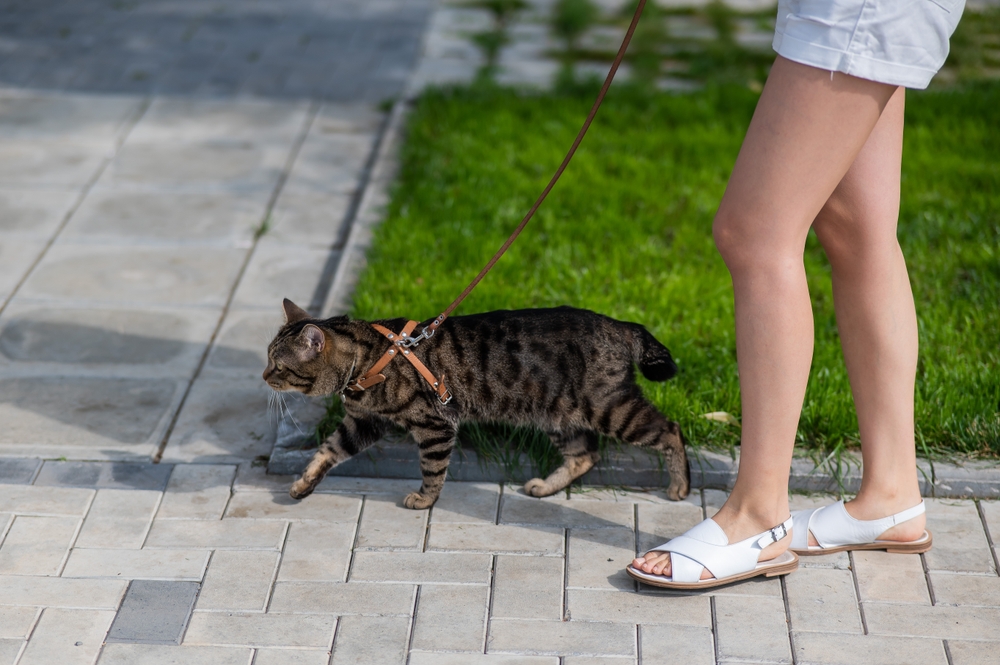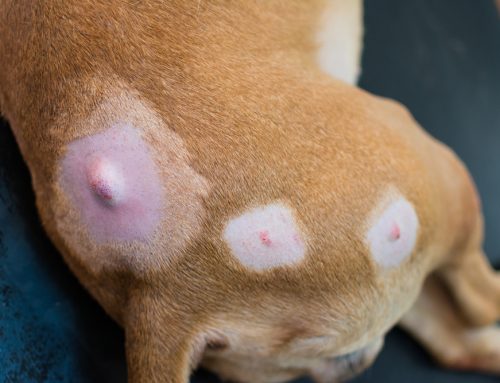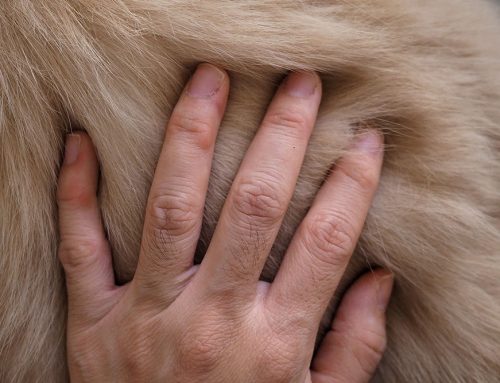Heat-related illness is common in pets living on Guam where summer temperatures and humidity can soar, but it can happen to any pet, anywhere. The classic scenarios leading to heatstroke are pets left in cars, pets left in backyards without shade or water, or exercising a pet for too long when they haven’t had a chance to get acclimated to the heat.
Heatstroke can lead quickly to death or permanent organ damage, which makes effective prevention critical. The Guam Pet Hospital team shares everything pet owners need to know about heatstroke to protect their pets.
What is heatstroke in pets?
Heatstroke is the most severe condition on a continuum of heat-related illnesses in pets. The least severe is heat stress, which is rarely recognized in pets, followed by heat exhaustion, which may be characterized by vomiting, diarrhea, weakness, or muscle cramps. Heatstroke is characterized by an elevated body temperature caused by prolonged exposure to high heat and humidity and can lead to a pet’s death in as short a time as one hour.
Pets develop heatstroke more quickly than humans because their cooling mechanisms are inefficient. Dogs cannot sweat; instead, they rely on panting for evaporation, heat transfer by lying on cool surfaces, or wind or fans that create convection currents. Certain dogs are at higher risk for heatstroke than others, including those with:
- A brachycephalic (i.e., flat-faced) head shape
- Obesity
- Laryngeal paralysis
- Tracheal collapse
- Heart disease
- Older age
Heatstroke signs in pets
As a pet’s body temperature rises, cells can become damaged or die, leading to rapid, widespread inflammation, organ damage, internal bleeding, blood clotting problems, organ failure, and ultimately death. Recognizing signs of heatstroke can help you act quickly if you notice them in your pet. Signs may include:
- Excessive panting
- Vomiting
- Diarrhea
- Bright red gums
- Fast or irregular heartbeat
- Bruising
- Bloody urine or stool
- Lack of coordination or disorientation
- Weakness or collapse
- Coma
- Seizures
- Death
What to do if you think your pet has heatstroke
Follow these steps if you believe your pet is suffering from heatstroke:
- Bring your pet into a cool area when you notice they are having trouble.
- Contact our team immediately, and cool your pet as you head to the hospital.
- Cool your pet gradually by wetting their fur and placing them in front of a fan.
- Do not use ice or ice-cold water during this process because they can constrict blood vessels and slow the cooling process.
- Bring a digital thermometer with you if you have a long ride to the veterinary clinic—you should stop cooling your pet once their temperature drops below 104 to avoid over-cooling.
Pet heatstroke treatment
Once your pet arrives at our veterinary hospital, they will be admitted and likely hospitalized in intensive care for several days. Some consequences of heatstroke are only evident a few days after the event, and your pet will benefit from close monitoring during this time. Our veterinary team will run blood, urine, and imaging tests to evaluate organ damage, and start an IV with fluids to support kidney function and blood pressure, and to reverse or prevent shock. Carefully selected medications will be administered to support overall body functions, and some pets may require blood transfusions or special fluids to reduce brain swelling.
Long-term outlook for pets with heatstroke
The prognosis for heatstroke depends on how high the body temperature rose and how long the temperature was elevated before the pet received treatment. Clotting problems, brain swelling, and multiple organ failures are common following heatstroke, leading to a high mortality rate. Pets have a 50% to 80% chance of surviving heatstroke, with those actively cooled in transit to the veterinary hospital faring better than those not cooled until reaching the clinic. Pets who fall victim to heatstroke once are prone to developing the condition again, and those who survive may suffer permanent organ or brain damage.
Pet heatstroke prevention

Preventing heatstroke requires understanding your pet’s heat tolerance, how heatstroke develops, and how pets cool themselves. Keep heat-intolerant pets indoors in air conditioning during the hottest hours of the day, and ensure you supervise pets at all times while outside. Other prevention strategies include:
- Never leave pets in a car.
- Never leave pets outside unsupervised.
- Provide shade and cool water when pets are outside.
- Allow active pets to acclimate to heat by increasing outdoor exercise time slowly over one to two months.
- Go for walks and exercise pets during cooler morning and evening hours.
Because mortality rates after heatstroke are quite high, the best way to protect your pet from tragedy is to always be aware of their needs. If you suspect your pet is suffering from heatstroke, contact our Guam Pet Hospital team and follow the cooling techniques described above during transport to the clinic.








Leave A Comment